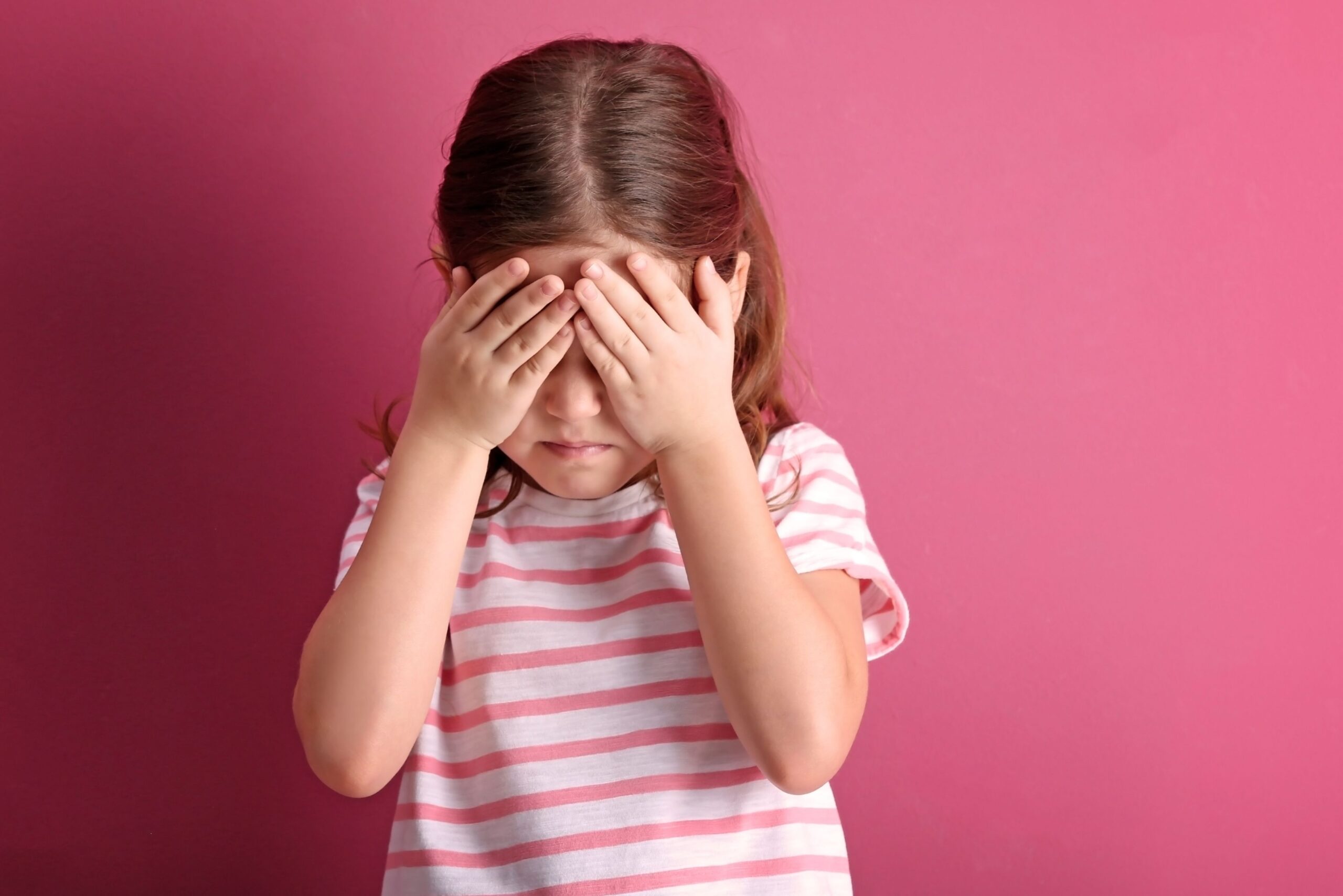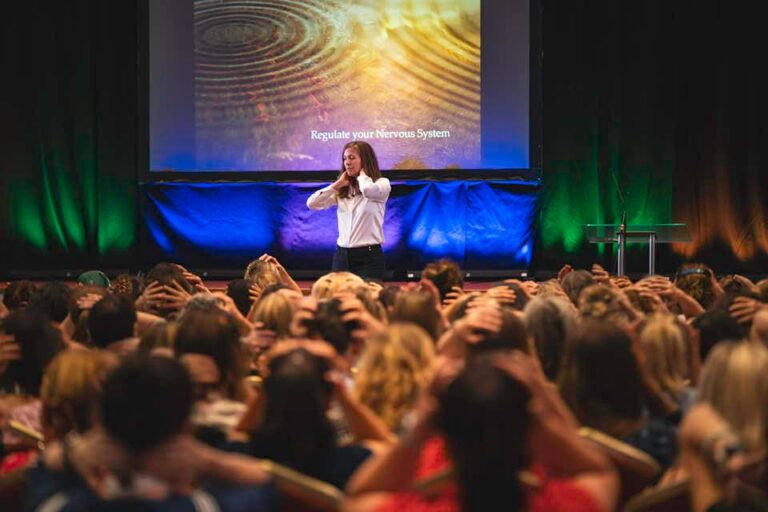Children share their emotional and body-based experiences in an attempt to integrate life events; including experiences in utero, at birth and post birth. These pre-cognitive events shape a child’s behavior, especially under stress.
One common emotional experience children have is “nameless anxiety,” which can enter the brain during preverbal development. Experiences such as, adoption, NICU experience, separation from Mom, a difficult birth, even high stress for Mom while she is pregnant, contribute to these difficult, often unidentifiable feelings.
If you are a parent or a therapist working with a child who struggles with anxiety, here are three techniques you can use to reduce a child client’s free-floating anxiety:
- Use 3rd person self-talk: “Fred,” there is nothing to be afraid of. You can do this. You have succeeded before.” Research in Psychology Today shows that replacing worry thoughts with a friendly 3rd person voice that uses the child’s name increase success.
- Locate body sensations: add breath and movement right at that location. Is the heart like butterflies, the stomach in knots, the mind racing, throat tight, shoulders up to the ears? Find the primary tension, add breath, and move energy around the body. Wiggle the toes.
- Identify Auditory, Tactile, or Visual Triggers: What set off the anxiety? Is it too many people around, a need for rest, an “anniversary” date of a “bad” experience, too loud of an environment? Naming the trigger and resetting the perceptions helps the body/mind relax.
Helping a child navigate their anxiety is important not just for the child, but for the entire family!
-Annie Brook, Ph.D.
Interested in credits and courses delivered to your living room? Take a look at all our classes, available on our learning site.




